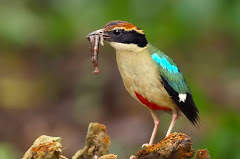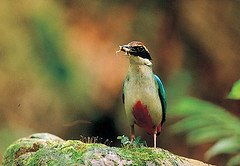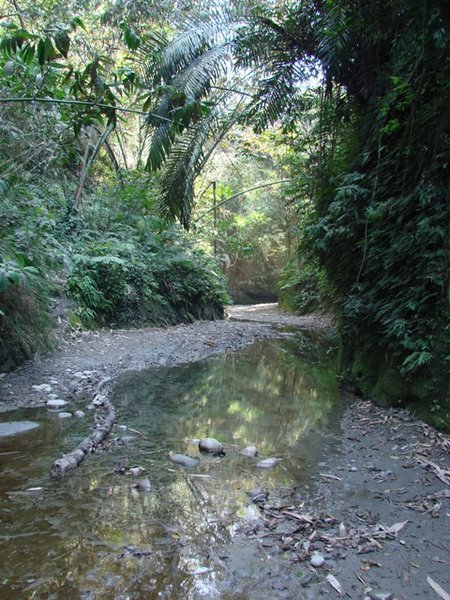
On the night of November 1st, the Taiwan governmental mouthpiece, the Central News Agency (CNA) put a story out on the wires titled "Taiwan succeeds in tracking rare bird's migration route." This story was picked up and yesterday appeared in a number of newspapers including the Taipei Times and the China Post.
This story serves as a fine example of why we feel the Council of Agriculture (COA) can't be taken at its word. We'll ask and answer some questions and let you be the judge. The story tells how the COA's Forestry Bureau has tracked three migratory "Gray-faced Buzzard-eagles" Butastur indicus [They can't even get the common name right. "Gray" needs to be spelt using the British spelling, "Grey" because the species occurs in the Old World. "Gray" with the US spelling is used for species occurring in the New World. The genus "Butastur" comes from "Buteo" meaning "buzzard" and "Astur" meaning "hawk" so "Butastur" means "buzzard-hawk." This species is a Grey-faced Buzzard-hawk not a Gray-faced Buzzard-eagle.] to the Philippines during the October migration. Kuan Li-hao, director of the Forestry Bureau's Conservation Division, told the Central News Agency that it is the first time that the migratory movements of the Butastur indicus had been recorded anywhere in the world. The Bureau basically says how much this will aid conservation of this "rare bird" and generally pat themselves on their own back for this alleged first.
Is what Kuan claims to be a first really a first? The answer is no ! In October 2007 a team consisting of Grey-faced Buzzard researcher Lee Jing-hong in association with Prof.C.Wang (Taiwan) and Prof.H.Higuchi (Japan); Taiwan-based conservationist Mark B.Wilkie; National Geographic Channel Asia; and Taiwan Original Vision Communication Company tracked three Grey-faced Buzzards from Kenting using satellite transmitters and then a single Grey-faced Buzzard in April 2008 from Baguashan in Chunghua. The story will be told in the National Geographic Channel production "The Tomb Sweeping Bird" due to be screened in June 2009.
Would Kuan be aware of this? Yes, because his department issued the permits for the capture of the birds by Lee and his team and the birds were inspected by COA veterinarians before the transmitters were fitted.
Kuan calls the Grey-faced Buzzards a "rare" bird. Is this correct? This is not really correct. The species is uncommon but not rare. It becomes abundant on passage when in migrates in great flocks.
Has the government really done a lot to protect the species? The answer would be normally only when they were really under pressure to do so. The hunting of the species was a major problem in the past. In 1978-1979 things got so bad that the plight of the species birthed the Taiwanese environmental movement. Actions by the government to protect the species tended to only follow in the wake of combined intense local and international pressure. The success of the stamping out of the hunting of the species would be largely due to the actions of concerned people and NGOs putting the authorities under pressure to act rather than the authorities acting on their own initiative.
Would you take these guys at their word? Um...?
Now, would you have concerns over their proposed Fairy Pitta Protected Area that they appear to be rushing through and don't seem to want conservationists and environmentalists commenting on?
Also see: A Brief History of Grey-Faced Buzzard Conservation in Taiwan
Tuesday, November 4, 2008
COA half-truths and lies:- Researchers use devices to track buzzard eagles
Posted by
Wild at Heart Legal Defense Association
at
12:24 PM
![]()
Subscribe to:
Post Comments (Atom)








No comments:
Post a Comment